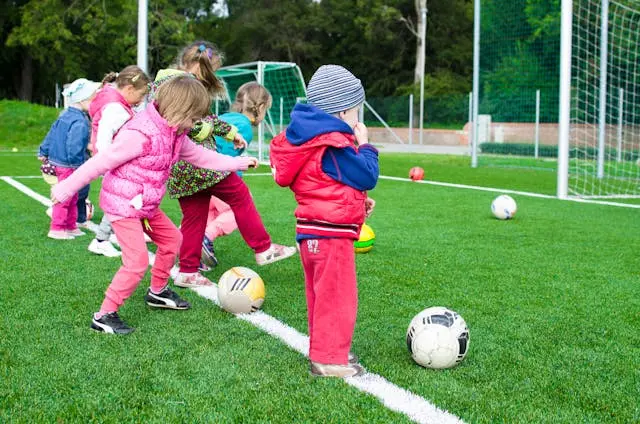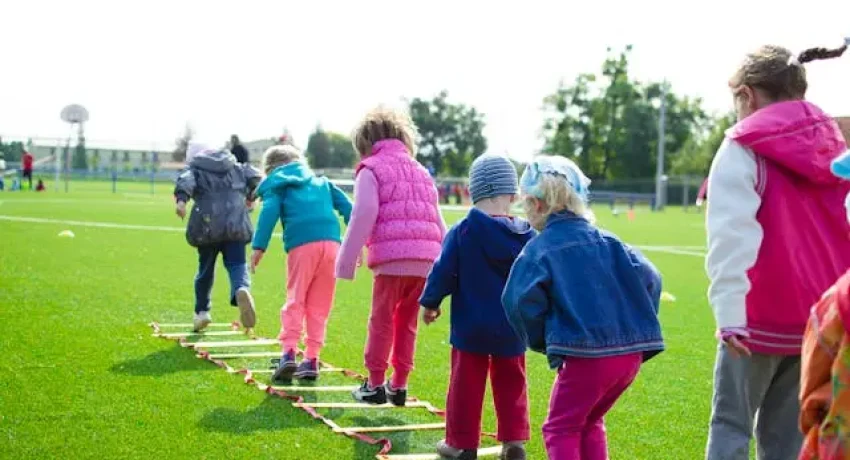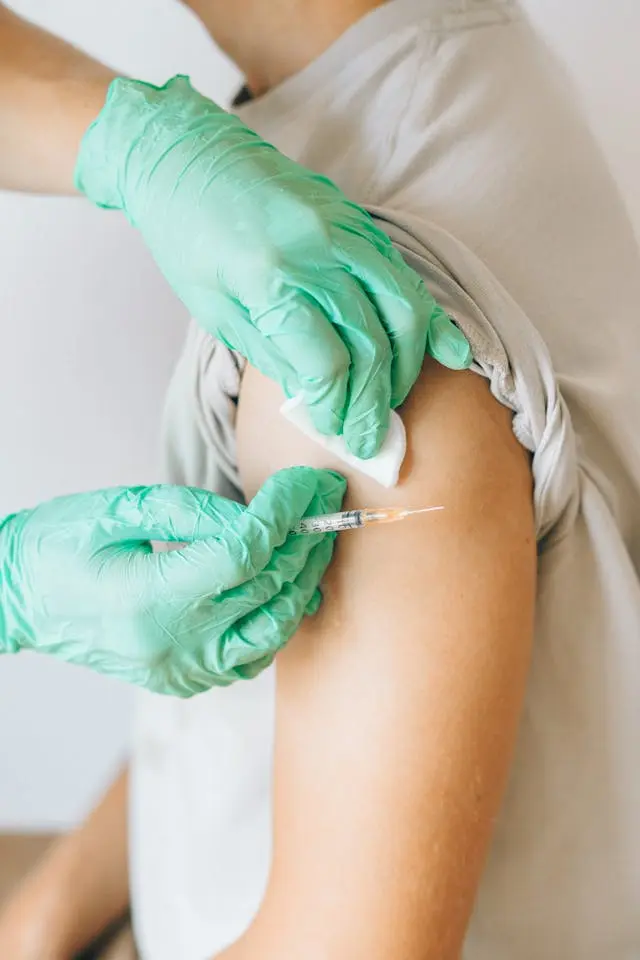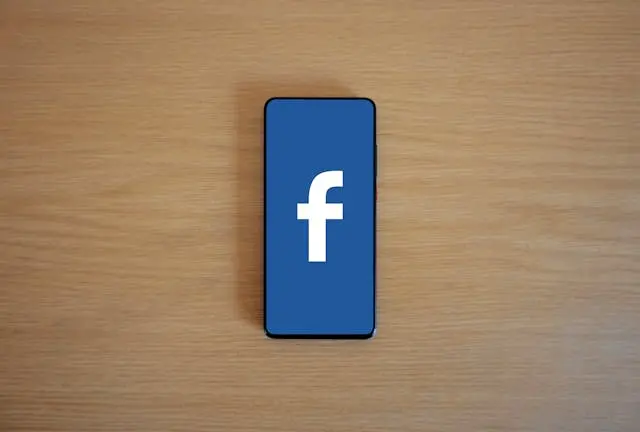ACTIVE KIDS, STRONG MINDS: PROTECTING THEIR FUTURE
INTRODUCTION: THE HIDDEN POWER OF MOVEMENT
As we move further into 2025, the rise of mental health issues among children and teens has become a growing global concern. But amid the rising stressors of a tech-heavy world, one powerful yet often underestimated solution continues to prove its worth: sports and daily physical activity. A groundbreaking study, recently published in the British Journal of Sports Medicine, has confirmed what many parents and health experts have long believed — active kids grow into mentally healthier adults.
This extensive research from Sweden tracked nearly 16,400 children and found a clear, consistent connection between early physical activity and reduced mental health problems before the age of 18. The evidence is no longer anecdotal — it’s statistical, scientific, and urgent.

PHYSICAL ACTIVITY LOWERS MENTAL HEALTH RISKS BY 12%
According to the data, each additional hour of exercise per day at age 11 resulted in a 12% reduction in the risk of developing any diagnosed mental health condition by the age of 18. These conditions included depression, anxiety, and addiction — issues that are increasingly affecting young people in today’s hyper-connected society.
The importance of this data cannot be overstated. With global youth depression and anxiety rates climbing steadily each year, incorporating physical activity into children’s daily routines has transformed from a health tip to a critical intervention strategy.
BOYS BENEFIT EARLIER, GIRLS CATCH UP LATER
The study uncovered striking gender differences in how and when exercise begins to impact mental well-being:
BOYS:
- At age 5, daily activity reduced depression risk by 19% and anxiety by 21%.
- By age 8, addiction risk dropped 24%, and depression risk fell 23%.
- At age 11, depression risk was 29% lower and anxiety 39% lower.
GIRLS:
- At age 11, depression risk was 18% lower, and anxiety 14% lower.
- Although improvements in early childhood weren’t statistically significant, girls responded strongly to organized sports by age 11.
This gender difference may be influenced by various biological and social factors. Researchers suggest hormonal differences and developmental pace may explain why boys see earlier results while girls’ benefits emerge more gradually.
ORGANIZED SPORTS BUILD RESILIENCE AND DISCIPLINE
Beyond casual exercise, the benefits of organized sports were even more profound:
- 23% lower mental health issue risk in boys
- 12% lower in girls
These structured environments do more than just build muscles — they nurture social skills, self-esteem, emotional regulation, and routine. Organized sports offered specific mental health advantages:
| Mental Health Issue | Boys (Risk Reduction) | Girls (Risk Reduction) |
| Depression | 35% | 11% |
| Anxiety | 21% | 14% |
| Addiction | 30% | 41% |
This shows that sports culture doesn’t just shape athletes; it forges stronger minds. The key takeaway here is not merely the reduction in diagnoses, but the strengthening of psychological resilience.
THE CRITICAL WINDOW: AGES 10 TO 12
Experts emphasize that the pre-puberty window between ages 10 and 12 is a critical time for introducing and reinforcing physical activity habits. This is the period when the brain is highly adaptable, and lifestyle choices begin to influence long-term mental health trajectories.
As puberty begins, children experience significant changes in mood, brain chemistry, and social interactions. Introducing physical activity before and during this stage increases resistance to mental health stressors, builds emotional balance, and encourages healthy dopamine and serotonin regulation.
IMPLICATIONS FOR PARENTS, EDUCATORS, AND POLICYMAKERS
The findings from this extensive 2025 study should reshape how we approach youth development. Here’s what needs to happen:
- Parents should prioritize daily movement just as much as academic learning or screen time limits. Family walks, cycling, and sports can build both bonds and brainpower.
- Schools must ensure that physical education isn’t optional or marginalized. PE should be a core, high-quality part of every school curriculum.
- Policymakers should invest in public programs and accessible sports facilities that encourage early and sustained participation in physical activity, especially for underprivileged communities.
This is a national health investment — not a luxury.

PHYSICAL ACTIVITY VS. MEDICATION: A PREVENTATIVE STRATEGY
In a time where antidepressant prescriptions for children have skyrocketed globally, sports and exercise offer a safe, proactive, and cost-effective alternative. This is not to say physical activity replaces professional care, but it can prevent children from reaching a crisis point where medication becomes necessary.
Moreover, movement stimulates brain-derived neurotrophic factor (BDNF), a protein that supports neuron growth and cognitive function — naturally enhancing the brain’s resilience to stress and trauma.
THE ECOMBYZ PERSPECTIVE: MOVE MORE, WORRY LESS
At ecombyz, we believe that digital innovation should complement — not replace — real-world activities that shape our youth. While online learning and screen-based entertainment have their place, they must be balanced with physical engagement, team interaction, and outdoor exploration.
Promoting physical activity in childhood isn’t just about preventing obesity or keeping kids busy — it’s about safeguarding their mental health for the long term.
CONCLUSION: MOVEMENT IS MEDICINE
The message is clear. Whether it’s soccer after school, dance classes, or just a morning run, daily physical activity is a powerful antidote to the rising tide of youth mental health issues.
- It reduces depression, anxiety, and addiction.
- It builds confidence, social skills, and resilience.
- It transforms lives — early, deeply, and lastingly.
As the data from 2025 shows, this is no longer a hypothesis — it’s a mandate.
If you’re a parent, teacher, or policymaker: it’s time to champion movement. Not someday — today.










